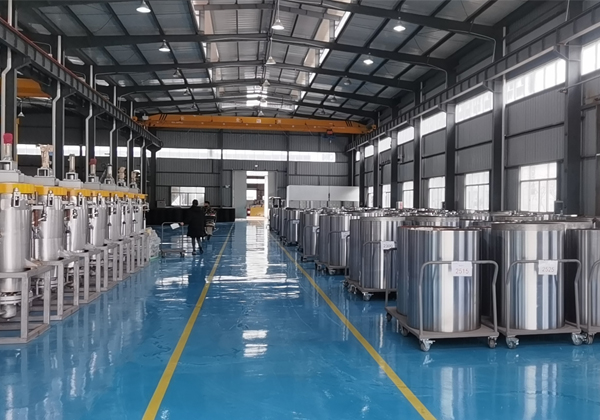- Arabic
- French
- Russian
- Spanish
- Portuguese
- Turkish
- Armenian
- English
- Albanian
- Amharic
- Azerbaijani
- Basque
- Belarusian
- Bengali
- Bosnian
- Bulgarian
- Catalan
- Cebuano
- Corsican
- Croatian
- Czech
- Danish
- Dutch
- Afrikaans
- Esperanto
- Estonian
- Finnish
- Frisian
- Galician
- Georgian
- German
- Greek
- Gujarati
- Haitian Creole
- hausa
- hawaiian
- Hebrew
- Hindi
- Miao
- Hungarian
- Icelandic
- igbo
- Indonesian
- irish
- Italian
- Japanese
- Javanese
- Kannada
- kazakh
- Khmer
- Rwandese
- Korean
- Kurdish
- Kyrgyz
- Lao
- Latin
- Latvian
- Lithuanian
- Luxembourgish
- Macedonian
- Malgashi
- Malay
- Malayalam
- Maltese
- Maori
- Marathi
- Mongolian
- Myanmar
- Nepali
- Norwegian
- Norwegian
- Occitan
- Pashto
- Persian
- Polish
- Punjabi
- Romanian
- Samoan
- Scottish Gaelic
- Serbian
- Sesotho
- Shona
- Sindhi
- Sinhala
- Slovak
- Slovenian
- Somali
- Sundanese
- Swahili
- Swedish
- Tagalog
- Tajik
- Tamil
- Tatar
- Telugu
- Thai
- Turkmen
- Ukrainian
- Urdu
- Uighur
- Uzbek
- Vietnamese
- Welsh
- Bantu
- Yiddish
- Yoruba
- Zulu
តុលា . 11, 2024 21:00 Back to list
drive belt slipping
Understanding Drive Belt Slipping Causes, Symptoms, and Solutions
Drive belts are critical components in many mechanical systems, particularly in automotive engines, lawnmowers, and various industrial machinery. They transfer power between rotating parts, ensuring smooth operation and efficiency. However, one common issue that can arise with drive belts is slipping. Understanding the causes, symptoms, and solutions associated with drive belt slipping is essential for vehicle maintenance and equipment reliability.
Causes of Drive Belt Slipping
Drive belt slipping can occur for several reasons. One of the most common causes is wear and tear. Over time, belts can stretch, crack, or become glazed due to friction and heat. This deterioration reduces the belt's grip on the pulleys, leading to slippage.
Another significant factor contributing to slipping is improper tension. If a drive belt is too loose, it will not maintain adequate contact with the pulleys, resulting in slippage during operation. Conversely, an overly tight belt can also cause problems, including excessive wear and damage to the belt and the components it interfaces with.
Contamination is another culprit. Oil, coolant, or any other fluids that come into contact with the drive belt can create a slippery surface, exacerbating the slipping issue. Additionally, misalignment of pulleys can lead to uneven wear on the belt and insufficient grip, causing it to slip under load.
Symptoms of Drive Belt Slipping
Identifying drive belt slipping is crucial to avoid more severe problems down the line
. Common symptoms include1. Squeaking or Chirping Noises A slipping belt often produces a high-pitched squeal, especially during initial engine start or acceleration. This noise indicates that the belt is struggling to engage properly with the pulleys.
drive belt slipping

2. Loss of Power In vehicles, a slipping drive belt can lead to a loss of power steering, reduced airflow from the air conditioning system, or compromised alternator function. If you experience these issues, a slipping belt could be the cause.
3. Visible Wear and Damage Inspect the belt for cracks, fraying, or a shiny, glazed surface. These signs indicate that the belt may be slipping or about to fail.
4. Warning Lights In modern vehicles, dashboard warning lights related to the engine or battery can illuminate if the drive belt is slipping and not adequately powering essential systems.
Solutions to Drive Belt Slipping
Addressing drive belt slippage involves several steps. First, inspecting the belt for visible damage or wear is essential. If the belt appears compromised, replacing it with a new one is the best course of action.
Second, check the tension. Most drive belts should have a specific tension, which can often be adjusted using tensioners. If the tension is inappropriate, adjust it according to the manufacturer's specifications.
Cleaning the pulleys and ensuring they are free from oil and debris can help improve grip and prevent slippage caused by contamination. Additionally, check the alignment of the pulleys; if they are misaligned, it might be necessary to realign or replace the pulleys to ensure a straight path for the belt.
In conclusion, drive belt slipping can lead to significant operational issues if not addressed promptly. By understanding the causes, recognizing the symptoms, and implementing the appropriate solutions, you can maintain the efficiency and longevity of your mechanical systems, ensuring they operate smoothly for years to come. Regular maintenance checks will help catch potential issues before they escalate into costly repairs.
-
Variable Belt Drive AI Optimized for Efficiency
NewsAug.05,2025
-
High-Quality Tensioner Belt Pulley - Durable & Efficient
NewsAug.03,2025
-
Premium Timing Belt Factory | AI-Optimized Solutions
NewsAug.02,2025
-
Heat Joining Drive Belt | High-Durability Fusion Solution
NewsJul.31,2025
-
Timing Belt Video Guide: Selection, Design & Quality Insights
NewsJul.30,2025
-
High-Performance Variable Speed V Belt Drive for Efficient Power Transmission
NewsJul.30,2025

